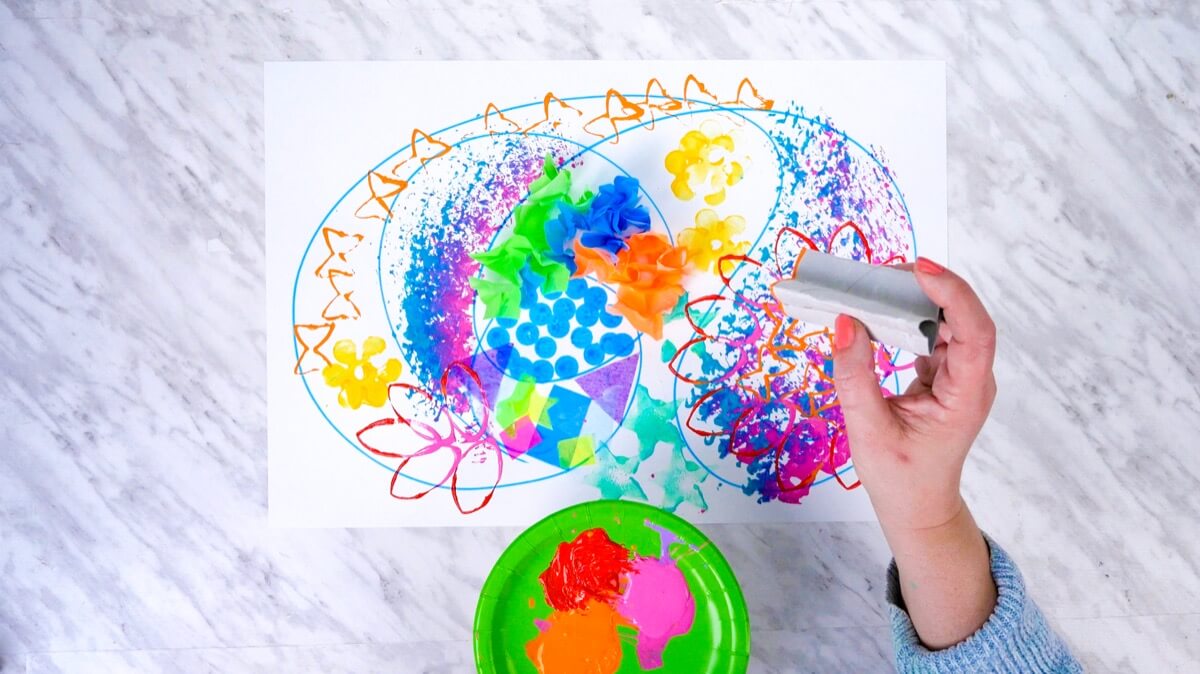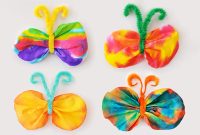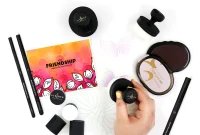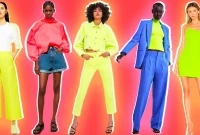Abstract art has been fascinating art lovers for hundreds of years because it allows artists to be creative and show themselves in any way they want. The fascinating world of abstract art is what this piece is all about. We’ll be looking at the complex methods used in colour making.
I. The Beginning
A. A Quick Look at Abstract Art
As the name suggests, abstract art doesn’t try to show things that can be touched. It lets artists express their feelings and thoughts through shapes that don’t look like real things. Colour study is a big part of this artistic freedom.
B. Why colour is important in abstract art
In abstract art, colours are very important. They give artists a way to express and make people feel things. Each artistic piece is different because of the bright colours, how they are placed next to each other, and how they are mixed.
II. The Historical Background of Abstract Art
A. Origin and Change
Abstract art began in the late 1800s and has changed through styles like cubism and surrealism. As a way to express their own feelings, artists tried to break away from traditional rules by using abstraction.
B. Important Abstract Artists
Abstract art was made possible by artists like Wassily Kandinsky and Kazimir Malevich, who played around with colour and shape to show greater ideas. Their work continues to have an impact on artists today.
III. The basics of how to make abstract art
A. Brush Effects and Lines
In abstract art, the brushwork is planned out, with different lines used to add character and depth. Each stroke adds to the design and emotional impact of the piece as a whole.
B. How to Use Textures
Texture gives surreal art another level. Techniques like impasto, in which paint is applied thickly, give viewers a physical experience that makes the art more powerful.
C. Techniques for Layering
An important part of abstract art is layering, which lets artists make things more complicated. Adding layers of colour gives the picture depth and visual interest.
IV. How Colour Works in Abstract Art
What Colour Does to Our Feelings
Colours have affects on our minds, and artists use this to their advantage in abstract art. Warm tones make people feel different emotions than cool tones, which lets artists lead people through a range of emotions.
B. Colours That Go Together and Colours That Stand Out
Knowing how colours relate to each other is very important. Colours that go together or against each other are often used by artists to add visual conflict or balance and make their works more lively.
V. Common ways to make abstract art
A. Pouring and Pouring
For the pouring and dripping methods, you let the paint run naturally on the paper. When you act on the spot like this, you often get surprising and unexpected results.
B. Graffito art
In sgraffito, you scratch or dig into a painting surface to see what’s underneath. This method gives abstract pieces a sense of depth and wonder.
C. Collage and other mixed media
Collage and mixed media are often used by abstract artists to add new patterns and materials, which makes colour making more flexible.
VI. Playing around with Colours in Abstract Art
Part A: How to Mix Colours
Colour mixing is a fun way for artists to make new shades and tones. Learning about the colour wheel and trying out new colour combos can help you be more creative.
B. Colours That Aren’t Usually Used
Abstract art pushes artists to use colours that aren’t usually used together. Artists often don’t stick to traditional colour schemes and use bright and unusual combos to make a strong point.
7. Problems and Ways to Fix Them in Colour Crafting
A. Staying away from too much colour
Playing around with colours is fun, but it’s important not to get too carried away. Artists learn to find the right mix so that the variety of colours doesn’t take away from the message they’re trying to send.
B. Finding a balance between loud and soft tones
Harmony is reached by matching loud and soft tones. The general beauty of the art piece is enhanced by this careful balance.
8. Well-known examples of abstract art that uses striking colour combinations
A. Looking at Certain Works of Art
Looking at well-known works of art can teach you about the skill of colour making. The way artists have chosen to use colour in works that have stood the test of time can teach them a lot.
B. Learning from Well-Known Artists
People who like abstract art can get ideas from looking at the work of modern abstract artists and learn more about how to use colour.
IX. How technology has changed abstract art
A. Web-based tools for exploring colour
As technology improves, there are new ways to explore colour. Digital tools let artists try out a huge number of colours and effects, which opens up more options for abstract art.
B. Using both old and new methods together
There are a lot of artists who use both traditional and digital methods together to make surreal works that are both beautiful to look at and completely new.
X. How to Think About and Watch Abstract Art
A. Figuring out what abstract art is
Understanding the meaning behind abstract art can make the experience better for viewers. Because the themes aren’t obvious, they are open to opinion, which means that each watcher will have a different experience.
B. Understanding the Shades of Colour Crafting
Knowing how to use colour methods makes a person appreciate art more. Abstract art is more fun to enjoy when you look at the details of how the colours are used and how they affect each other.
11. Why practising abstract art techniques is a good idea
A. Expressing yourself and letting go of your feelings
When artists make abstract art, they can be themselves and share feelings that might be hard to put into words in other ways.
B. How creative exploration is good for your brain
Trying out different colours and styles in abstract art is good for your brain and helps you be more creative and solve problems.
XII. Groups and workshops for abstract art
A. Looking for workshops to do colour crafting
Going to classes is a great way to get practical knowledge and advice. Finding colour making classes in person or online can be a great way to improve your art.
B. Joining online groups for abstract art
Artists can share ideas, get feedback, and stay up to date on the latest trends in abstract art by joining online groups and talking to other artists.
13. Showing off your abstract art
1. Putting together a portfolio
Artists who want to show their work officially need to put together a resume. A well-chosen collection shows how an artist’s colour making journey has changed and grown over time.
B. Getting noticed on social media
Social media sites let artists share their work with people all over the world. Using websites and apps like Instagram and Pinterest can help artists get their work seen by a lot more people.
14. Advice for People Who Are New to Abstract Art
A. Begin with a small group of colours
For people who are just starting out, using a small set of colours can make learning easier and help them master basic colour methods.
B. Be open to trying new things
Experimenting is great for abstract art. Accept the unexpected and don’t be afraid to leave your comfort zone to find new ways to use colour.
XV. In conclusion
In conclusion, using colour making to explore abstract art methods is a way to express yourself artistically and learn more about yourself. When you combine historical information with basic methods and the current impact of technology, you get a full picture of this fascinating art form.





